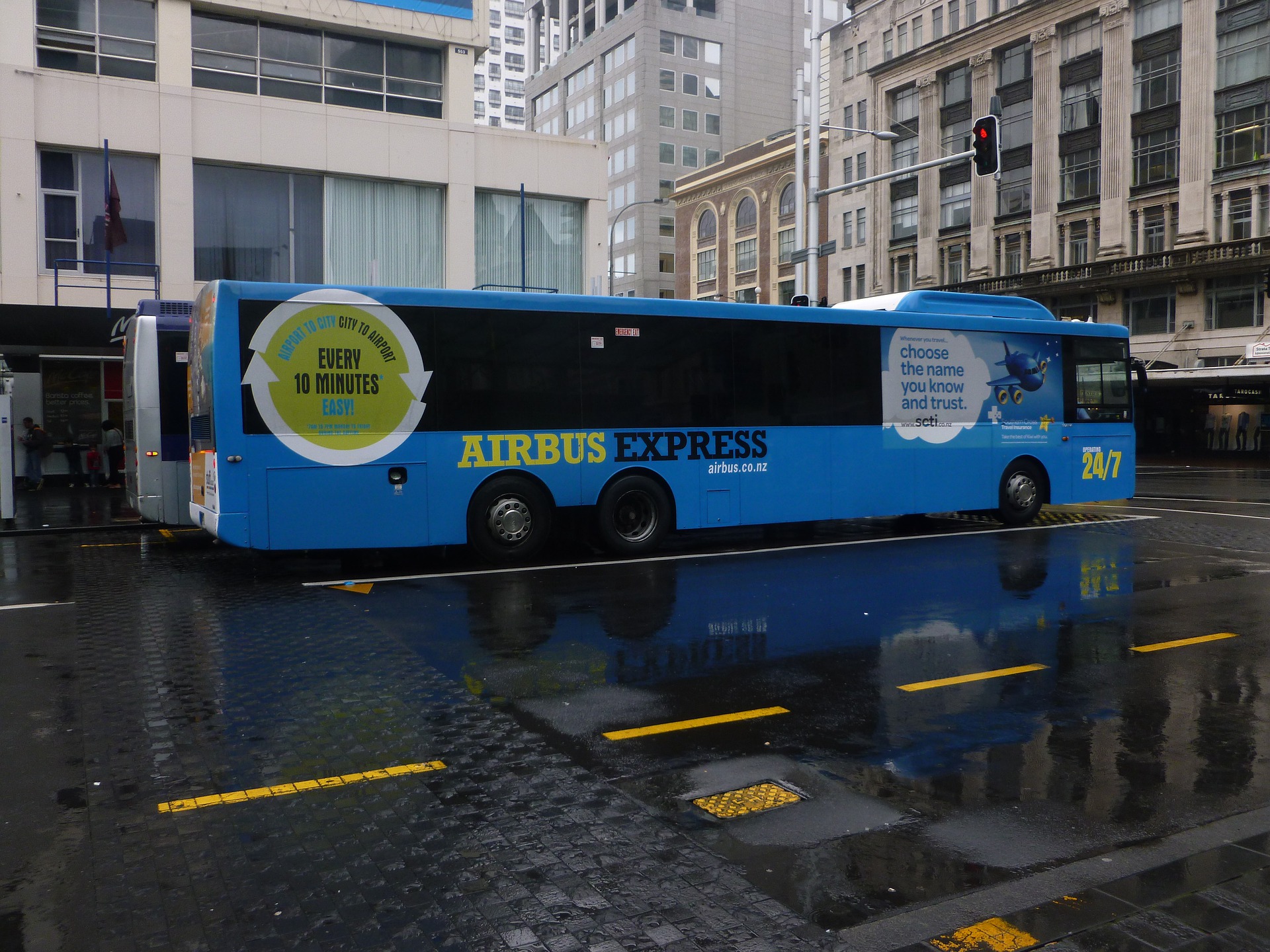
Tāmaki Makaurau – Momentum is building in the decarbonisation of public transport around the country as we make progress towards our carbon-zero targets.
Taking public transport more often is something Kiwi city dwellers can all do to help reduce greenhouse gas emissions and have a positive impact on the climate.
Catching a bus or train is already more climate-friendly than driving, but if a trip is on an electric bus, that’s even better.
A switch to electric public transport alongside a reduction in private car use will make our cities cleaner, quieter and healthier to live in, and the transition is already underway.
As at April 2022, there were 131 zero-emissions public transport buses in operation around the country, with at least another 210 on order.
In March New Zealand’s first electric ferry set sail in Wellington, and in April Auckland Transport announced plans for two new electric ferries.
These initiatives are among many around the country that are contributing to New Zealand’s commitment to reaching net-zero carbon emissions by 2050, and a decarbonised public transport bus fleet by 2035.
So just how far along the road to public transport electrification is New Zealand, and what’s the roadmap from here?
Transport makes up 37 percent of a typical household’s carbon footprint and the government has a goal to decarbonise the public transport bus fleet by 2035.
The electrification of public transport is just one aspect of a greater vision to improve transport options for New Zealanders generally.
Councils around the country have plans in place to cycling, walking or taking public transport more often, instead of taking the car.
Mode shift is supported through infrastructure projects like building new cycleways to improve the accessibility, affordability, safety and reliability of public and active transport options.
Instead of prioritising cars, our cities are increasingly prioritising people, green spaces and clean transport modes to build communities that are connected, and resilient to climate change.
In order to achieve a fully decarbonised public bus fleet by 2035, New Zealand is committed to stop the introduction of new fossil-fuelled buses by 2025.
Many councils are phasing out diesel buses and bus company Tranzit have gone one step further and converted a double-decker diesel bus to be 100 percent electric.
Battery conversion is a solution that could help us transition the bus fleet to clean energy sooner.
If people not already a seasoned public transport user, jumping on board more often will be a bit of a lifestyle shift. Here are some tips for travelling by bus, train or ferry:
Perhaps the biggest difference between public and private transport is that with public transport has to stick to a schedule. Check and plan departure times in advance, and allow yourself enough time to get there, with a few minutes to spare.
The best way to pay on public transport often is to get a pre-payment card such as a AT HOP in Auckland, Snapper in Wellington and Metrocard in Christchurch.

